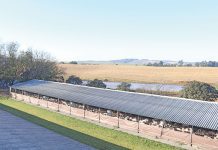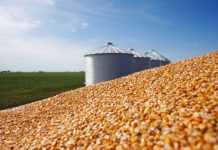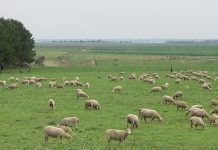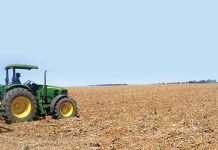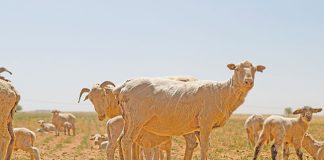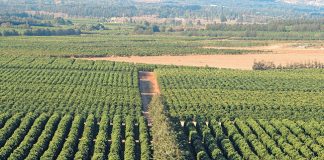It’s the duty of a new owner to assess the way the previous owner did things and begin a transformation process to bring these practices – and any new ones you want to adopt – in line with current legislation. This isn’t simply a matter of ‘obeying the law’. When it comes to water and food security in South Africa, alarm bells about farm land degradation have been ringing loudly for years.
Plants need nutrients and moisture from soil to grow. When soil is lost, it’s lost forever. The deeper the soil, the more water can be stored for plant use. Degradation such as soil erosion affects the soil’s ability to produce food. Rain or irrigation water should penetrate with the least amount of run-off, as excessive run-off can damage vegetative cover, leading to further erosion. Increased run-off enters rivers and deposits sediment downstream, affecting the river’s flow. Excessive sediment damages irrigation equipment.
Land degradation is also caused by invasive vegetation, which is usually robust in its growth patterns and disperses seed widely, threatening veld, water areas, crop land and indigenous forests. Overgrazing, monoculture, over- irrigation, or irrigating with water that has a high salt content, no protection against wind erosion, ploughing against the contours, building farm roads in the wrong place and grazing burnt veld before adequate new growth has taken place are other causes of degradation.
The law
The Conservation of Agricultural Resources Act (CARA) is a guide to decision-making and farming practices. With the provisions of the act in mind, draw up a Land Use Plan for your new farm and map out the changes that should be made in order to comply with CARA. Are your roads in the right place? Do they follow contours and not run up and down hills? How are your water courses placed? Do you grow trees along your water courses so that the roots can hold the soil when heavy rains come?
Legislation controls how close to a river a farmer may plant. It’s also illegal to plough up large tracts of virgin land without getting authorisation. Indigenous grasses need to be looked after. If in doubt – ask. Permission is obtained from the department of agriculture. Alien invader weeds must be controlled. Serious penalties can be expected if Group 1 plants such as Chromolaena, bugweed and Lantana are found growing on a property.
The law also says you need to clean off your animal (and vehicle) if emerging from an area where these plants are found. Alien invaders are best removed as soon as possible. These laws aren’t about making life harder for farmers, they’re there to protect our heritage. The degradation of farm land ultimately affects everyone, because there is no food security when land is no longer productive.
Prevent farm land degradation
- Use minimum/conservation tillage where possible.
- Practise crop rotation. Plant a perennial grazing crop on arable land that’s been harvested.
- Fix leaks to safeguard water, water storage facilities and irrigation mechanisms.
- Irrigate prudently and at the correct times.
- Test irrigation water and don’t use water with a high salt content as this will salinify your soil.
- Rotate grazing and rest areas. Optimise veld usage by grazing different types of animals. Do not overstock – carry the mature livestock units recommended for the area. A local extension service should be able to assist with this calculation. Transgressing the law can cost the farmer a fine and/or jail sentence. With carbon tax becoming a reality and the focus on conservation and sustainability, a farmers best plan is to stay ahead of the game, learn what the legal requirements are and farm the right way.
Land use plans
The department of agriculture will help a farmer draw up a Land Use Plan at no cost. The Sugar Association Extension services (Sasex) will charge farmers a fee. Cedara’s Agricultural Development Support Services (ADSS) are helpful. Although they are based in KwaZulu-Natal, the ADSS directs farmers to where they can find assistance. Remember, a Land Use Plan includes a water run-off control plan. Placement areas for pre-constructed water courses, contour banks and infield roads are identified. These recommendations are then added to a map of the farm.
- Contact ADSS on 033 355 9100.
Contact Susan Pletts on 082 572 3724, or [email protected].

